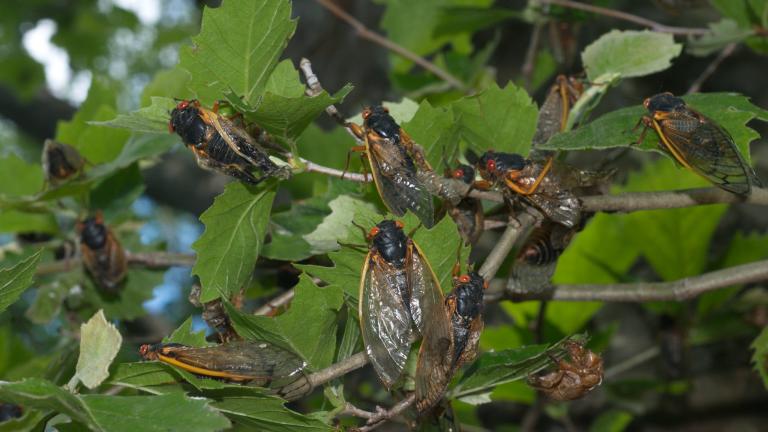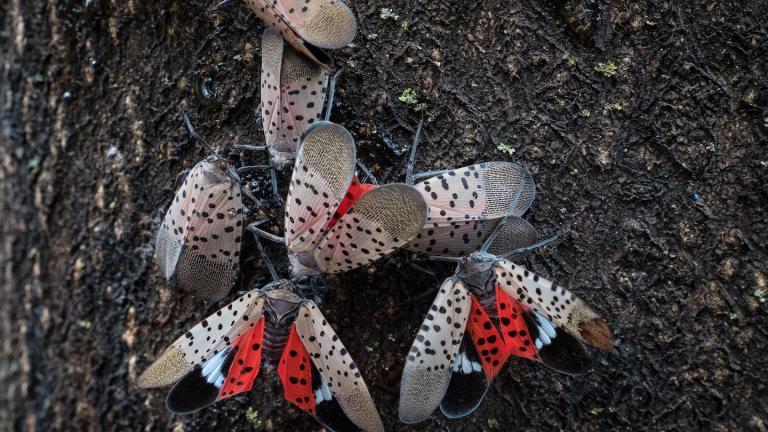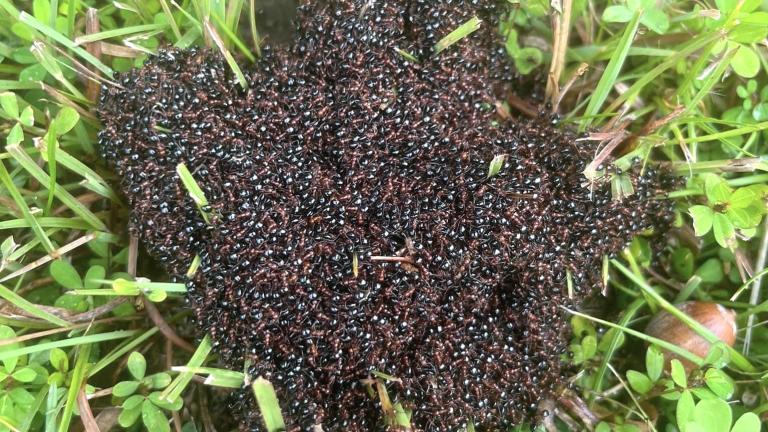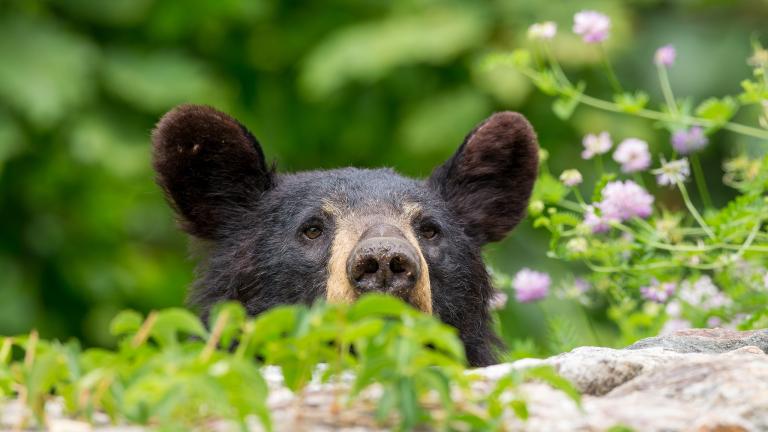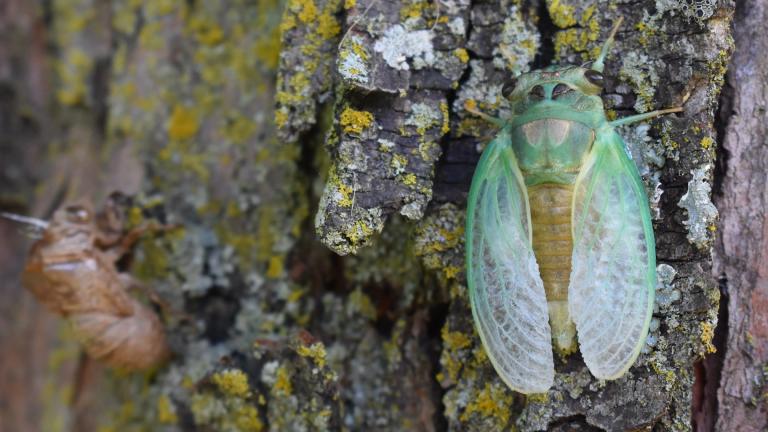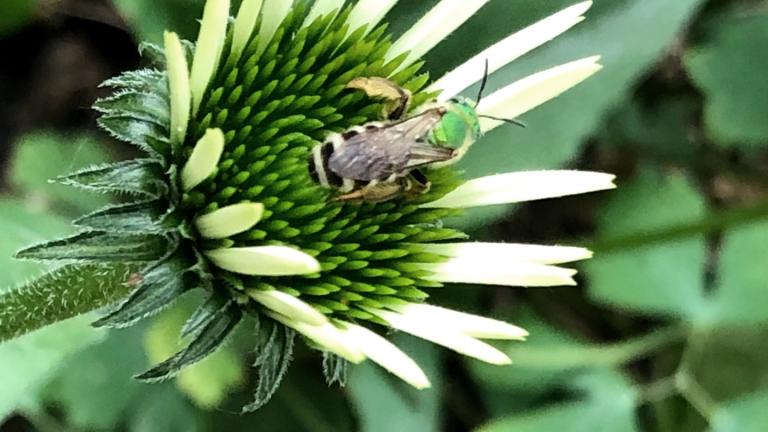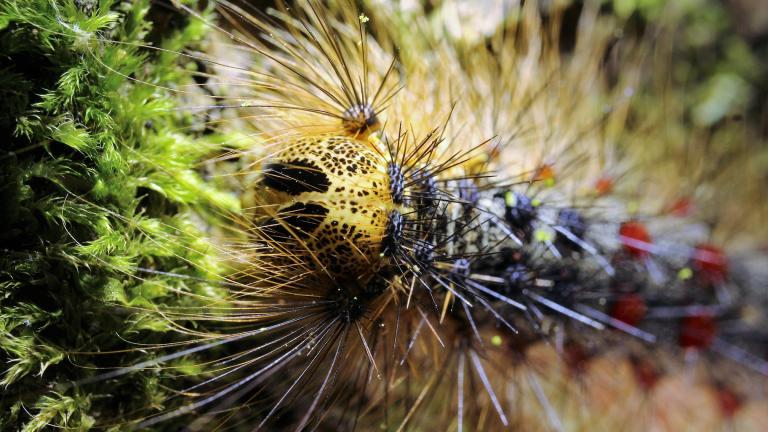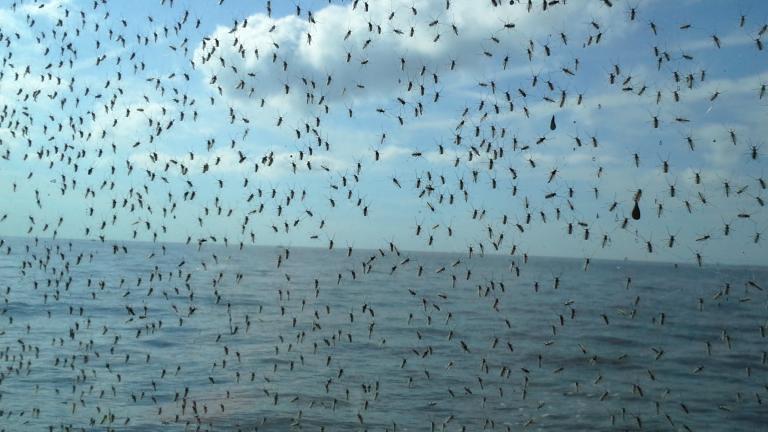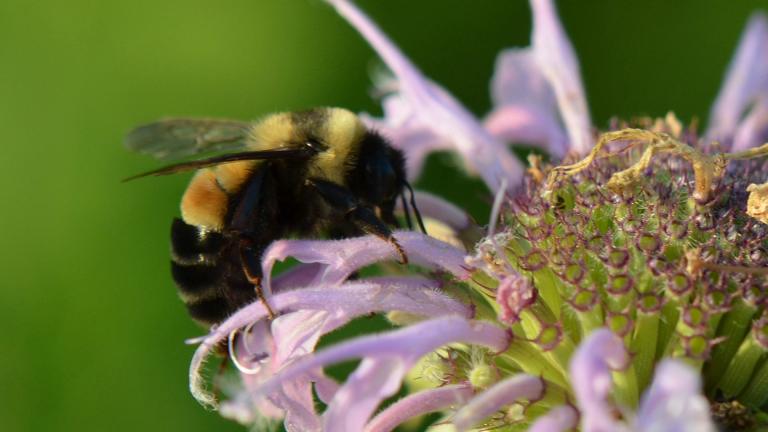In case you haven’t heard, the cicadas are coming, and things are about to get loud. WTTW News explains.
Insects
Young trees could be vulnerable to damage from the emergence of millions of periodical cicadas in Illinois this spring. Here are tips on how to protect your trees.
The insect was found in the Fuller Park neighborhood of Chicago, according to a spokesman for the Illinois Department of Agriculture.
If their nests become waterlogged, ants will evacuate and form a waterproof ball that floats on the surface until the waters recede.
Beetles, and weevils in particular, are thought of as destructive pests. Bruno de Medeiros, assistant curator of insects at the Field Museum, is upending those preconceptions.
A black bear was caught on video running through the parking lot of a Gurnee daycare. Wildlife officials confirmed the sighting as the real deal.
Bell Bowl Prairie was bulldozed Thursday morning after an 18-month fight to save the ancient prairie remnant from destruction by Rockford Airport, which is carving out a roadway for an expansion of its cargo operations.
What's that you say? Cicadas have been uncommonly loud all day long? There's likely a simple explanation for the sustained volume.
The Chicago Park District is joining a national community science project designed to raise awareness of all the bees, butterflies, beetles, moths and wasps that rely on urban green spaces for food and shelter.
Several sites in northeastern Illinois — including Waterfall Glen, Des Plaines Riverway, Hidden Lake and Wood Ridge forest preserves — will be sprayed with fake pheromones to confuse spongy moth males and disrupt mating.
Swarms of gnat-sized midges, which look like mini-mosquitoes, minus the bite, have been reported along the Chicago lakefront. But in this case, “swarm” is relative.
The gypsy moth has been going by its mouthful of a scientific name — Lymantria dispar — since July, when scientists scrapped the insect’s derogatory common name and began weighing alternatives.
Treatment by the Chicago Park District of a grub infestation, which laid waste to a third of Welles Park’s 15 acres, will shut down the affected area to all activity for months, and spring sports are in jeopardy.
A freak grub infestation has laid waste to roughly one-third of Welles Park’s 15 acres in Lincoln Square. The scope of the destruction — which the Chicago Park District is working to address — is so out of the ordinary, even experts say they’re stunned.
One of North America’s most common native bumble bee species, the aptly named American bumble bee, is on the ropes. Among the threats to its survival: competition from honey bees.
Four years after the rusty patched bumble bee was placed on the endangered species list, the U.S. Fish and Wildlife Service has released its final recovery plan for the insect, a plan critics say manages to go too far and yet not far enough at the same time.


